CBRN Defense Market Surges Past $18 Billion as Global Security Threats Intensify in 2025
Published: 2025-08-12
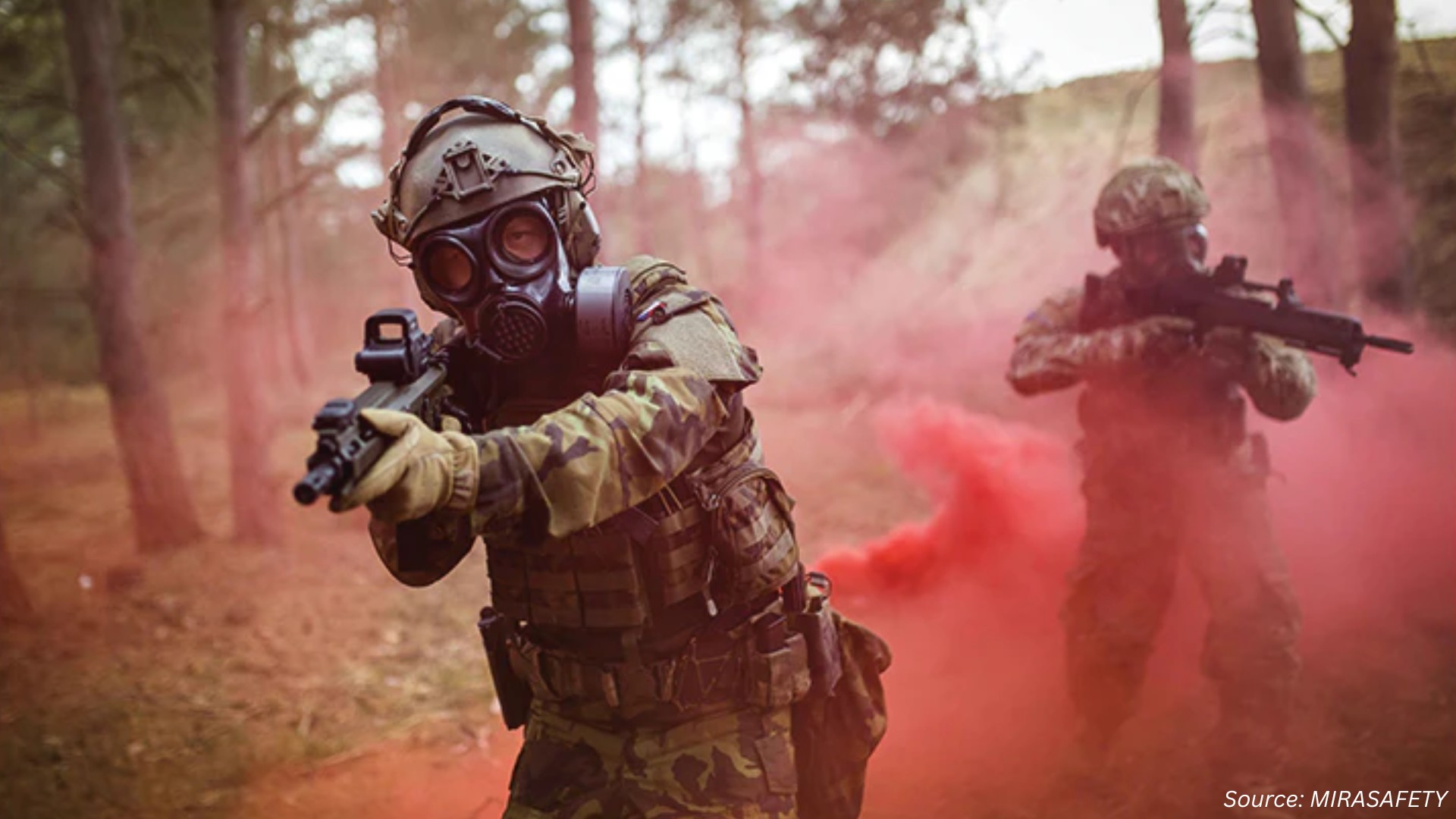
Rising Geopolitical Tensions Drive Unprecedented Growth in CBRN Defense Solutions
The worldwide Chemical, Biological, Radiological, and Nuclear (CBRN) defense industry has reached a critical inflection point, with industry valuations surpassing expectations amid escalating security concerns worldwide.
The global CBRN Defense Market is estimated to grow at a CAGR of 5.8% with a revenue up to USD 18.56 billion from 2025 to 2030, reflecting the urgent need for comprehensive protective measures against unconventional threats.
This surge represents more than just market expansion—it signals a fundamental shift in how nations and organizations approach security preparedness. The convergence of technological advancement and heightened threat awareness has created an environment where CBRN defense capabilities are no longer optional but essential components of national security infrastructure.
Latest Developments Reshaping the CBRN Defense Landscape
Strategic Government Initiatives Drive Innovation
The year 2024 marked several groundbreaking developments in CBRN defense capabilities. In December 2024, U.S. Department of Defense and Japan Ministry of Defense launched a CBRN Defense Policy Dialogue, with an aim to develop comprehensive insights regarding enhancement of CBRN defense abilities. This bilateral cooperation demonstrates the increasing recognition that CBRN threats require coordinated international responses.
The Biomedical Advanced Research and Development Authority (BARDA) made important contributions by supporting the development of medical countermeasures for chemical threats. Housed within the Department of Health and Human Services, BARDA catalyzes the development of medical countermeasures to protect Americans and respond to 21st century biosecurity threats. BARDA fuels public-private partnerships that develop critical medical countermeasures for deployment and stockpiling. Robust funding for BARDA is essential to national and public health security.
Technological Breakthroughs in Detection and Protection
Scorpius Holdings, Inc., an integrated contract development and manufacturing organization (CDMO), has been selected to join the Medical CBRN Defense Consortium (MCDC), a collaborative partnership under the U.S. Department of Defense focused on developing medical countermeasures against chemical, biological, radiological, and nuclear threats. As a member, Scorpius will bring its proprietary scientific expertise and manufacturing capabilities to accelerate innovation in CBRN defenses. This membership will enable the company to work directly with government entities, share knowledge with other industry and academic partners, and pursue funding opportunities for projects aligned with the DoD’s medical CBRN priorities—marking a significant step forward in advancing U.S. biosecurity and national defense efforts.
Regional Analysis: North America Leads, Asia-Pacific Accelerates
North America: Leading the Global CBRN Defense Market
-
Strong presence of key industry players like Teledyne FLIR LLC, Bruker Corporation, Northrop Grumann.
-
U.S. initiatives include the Space Force’s role in advancing CBRN capabilities. CHAPPIE, one of only two QUGVs in the Department of Defense adapted for CBRN field operations, distinguishes itself through a wide range of advanced capabilities and customizations. Notably, it features remote CBRN sensing using existing detector inventories, setting it apart from other systems and representing a major leap forward in CBRN defense technology.
-
Active participation by organizations like the Medical CBRN Defense Consortium (MCDC).
-
Development of advanced systems like the U.S. Army’s Next Generation Chemical Detector (NGCD) enhances detection, protection, and decontamination.
-
All these factors focus on the region’s role in strengthening national security and preparedness against CBRN threats.
Europe: Strong Multinational and National Defense Initiatives
-
NATO’s Multinational CBRN Defence Battalion showcases regional collaboration.
-
European nations are reforming their defense policies alongside the region’s defense firms innovating with CBRN solutions. For instance, Frequentis Group is developing an advanced chemical, biological, radiological, and nuclear (CBRN) reconnaissance system for the European Defence Agency.
-
Emphasis on collective CBRN defense infrastructure and technological advancement.
Asia-Pacific: Rapid Growth in CBRN Defense Investments
-
The industry growth is driven by rising regional tensions. Countries like China, India, and Japan prioritize CBRN capability development.
-
Past CBRN Incidents and Potential Threats in India drive this adoption. Pakistan’s growing nuclear arsenal (170 warheads vs. India’s 164) and tensions over Kashmir raise fears of nuclear escalation. Concerns also exist about its chemical and biological capabilities, despite BWC and CWC commitments, due to ties with non-state actors like Lashkar-e-Taiba and militant groups.
-
Similarly, China’s “No First Use” nuclear policy aligns with India’s, but its expanding nuclear arsenal, modernized missile systems, and submarines demand India’s vigilance. Additionally, China’s advancements in biotechnology and AI raise concerns about potential biological weapons development. Its vast industrial and scientific capabilities could enable state or non-state actors to weaponize chemical and biological materials.
-
Japan’s unique history as a nuclear attack survivor drives its strong advocacy for nuclear disarmament, making it a key partner in India’s CBRN agenda. Its expertise in early warning systems and disaster preparedness enhances India’s risk-reduction strategies. Through the Quad, India can leverage collaboration with Japan, the US, and Australia for shared intelligence, joint exercises, and technological exchanges, strengthening its CBRN strategy and reducing incident risks.
-
India’s historical preference for strategic autonomy has limited its engagement with alliances like NATO, but its role in the Quad positions it as a key player in a de-facto Indo-Pacific NATO. Recent US and Japanese efforts to build an Asia-Pacific security framework to counter China, supported by countries like Australia and South Korea, could reshape India’s geopolitical stance. By leading this alignment, India could prioritize CBRN readiness and regional security, enhancing strategic partnerships to address state and non-state threats.
-
-
Australia advances in medical CBRN defence initiatives.
-
Presence of companies such as Bertin Environics, boosts market expansion.
Rest of the World: Growing but Uneven Progress
-
Awareness of CBRN threats is increasing, though investment levels vary.
-
Middle Eastern nations are upgrading defense systems. The CBRN CoE Regional Secretariat in Amman, Jordan, hosted by MESIS, coordinates cooperation among three Partner Countries, engages regional and international partners, and promotes local ownership and sustainability for CBRN risk mitigation.
-
This reflects emerging focus on improved CBRN mechanisms.
Future Prospects and Market Opportunities
Technological Integration and AI Enhancement
The integration of artificial intelligence and machine learning technologies represents a significant growth opportunity for the CBRN defense sector. Advanced algorithms can enhance threat detection accuracy, reduce response times, and optimize resource allocation across diverse operational scenarios.
Medical Countermeasures Development
The pharmaceutical and biotechnology sectors present substantial growth potential, particularly in developing rapid-response medical countermeasures for CBRN incidents. The success of programs like RAIDR demonstrates the market potential for innovative medical solutions.
CBRN Defense Market: Key End Users
CBRN defense solutions are deployed across multiple sectors, tailored to specific operational needs:
|
End User Category |
Description |
|
Defense & Government |
National-level agencies responsible for policy, strategy, and emergency preparedness in CBRN scenarios. |
|
Armed Forces |
Military divisions utilizing CBRN systems for battlefield readiness and troop protection: |
|
• Air Force – Aircraft decontamination, onboard detection units. |
|
|
• Army – Tactical CBRN reconnaissance and protection. |
|
|
• Navy – Maritime CBRN containment and countermeasures. |
|
|
• Others – Specialized units, joint operations, or space/multidomain forces. |
|
|
Homeland Security |
Agencies focusing on domestic safety and threat prevention: |
|
• Police – Urban CBRN response and detection teams. |
|
|
• Fire Safety Department – First responder units trained in chemical/fire hazard decontamination. |
|
|
Civil & Commercial |
Non-military sectors increasing CBRN investment for safety and continuity: |
|
• Critical Infrastructure – Protection of power grids, water systems, and transport hubs. |
|
|
• Medical – Hospital and lab containment, rapid diagnosis tools. |
|
|
• Industrial – Hazardous materials handling, safety compliance in chemical plants. |
Key Players’ Strategies
Established Market Leaders
Teledyne FLIR LLC, Smiths Detection, Thales Group, Bruker Corporation and Rheinmetall AG are the major companies operating in this market. These industry leaders continue to drive innovation through substantial research and development investments and strategic acquisitions.
|
Company |
Recent Strategy/Deal |
Product/Innovation Link |
|
Thales Group |
Partnered with Bertin for biological sampling in the Piabc Pelican Project (Oct 2023). |
Thales CBRN Solutions |
|
Avon Protection |
Launched EXOSKIN-S1 suit and integrated outer protection ensemble (Feb 2024). |
EXOSKIN-S1 Product Page |
|
Teledyne FLIR |
Lead integrator in modernizing the NBCRV sensor suite system with an improved and autonomous suite of chemical, biological, radiological and nuclear (CBRN) sensors. |
NBCRV Sensors |
|
Bruker Corporation |
Advances in 4D-Proteomics, MALDI HiPLEX-IHC spatial tissue proteomics, 4D-Lipidomics and 4D-Metabolomics. |
Instrumental methods, consumables and software |
|
Argon Electronics |
Argon Electronics Boosts CBRN Training at Nordic RECCEX 12 Exercise with Advanced Simulators. |
CBRN Training Systems |
About Next Move Strategy Consulting:
Next Move Strategy Consulting is a premier market research and management consulting firm that has been committed to provide strategically analysed well documented latest research reports to its clients. The research industry is flooded with many firms to choose from, what makes NextMSC different from the rest is its top-quality research and the obsession of turning data into knowledge by dissecting every bit of it and providing fact-based research recommendation that is supported by information collected from over 500 million websites, paid databases, industry journals and one on one consultations with industry experts across a diverse range of industry sectors. The high-quality customized research reports with actionable insights and excellent end-to-end customer service help our clients to take critical business decisions that enables them to move beyond time and have competitive edge in the industry.
We have been servicing over 1000 customers globally that includes 90% of the Fortune 500 companies over a decade. Our analysts are constantly tracking various high growth markets and identifying hidden opportunities in each sector or the industry. We provide one of the industry’s best-quality, syndicated, as well as custom research reports across 10 different industry verticals. We are committed to deliver high quality research solutions in accordance to your business needs. Our industry standard delivery solutions that range from the pre consultation to after-sales services, provide an excellent client experience and ensure right strategic decision making for businesses.
For more information, please contact:
Next Move Strategy Consulting
5th Floor 867
Boylston St, STE 500
Boston, MA 02116, U.S.
E-Mail: [email protected]
Direct: +18577585017
Visit Our Website: https://www.nextmsc.com/
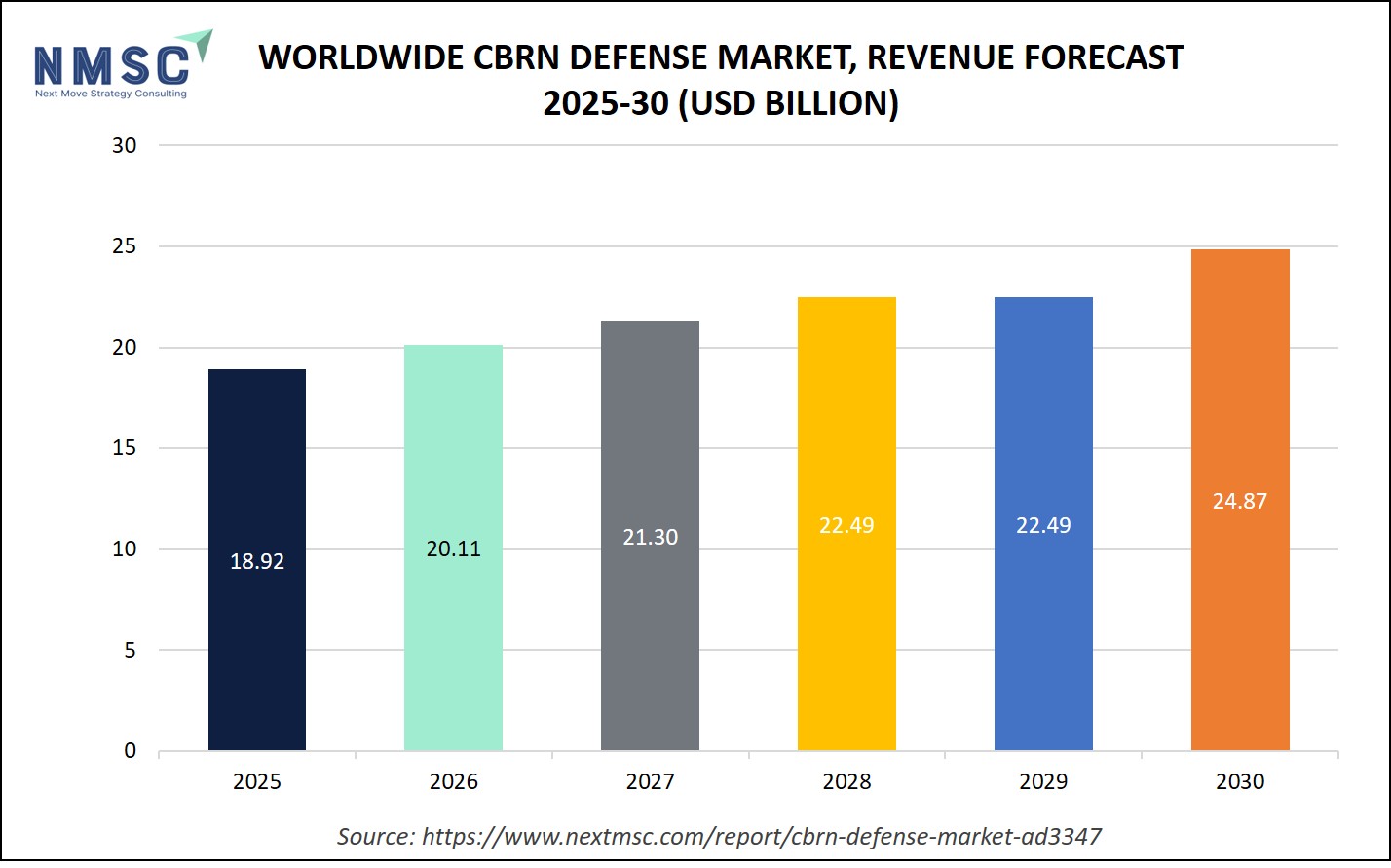
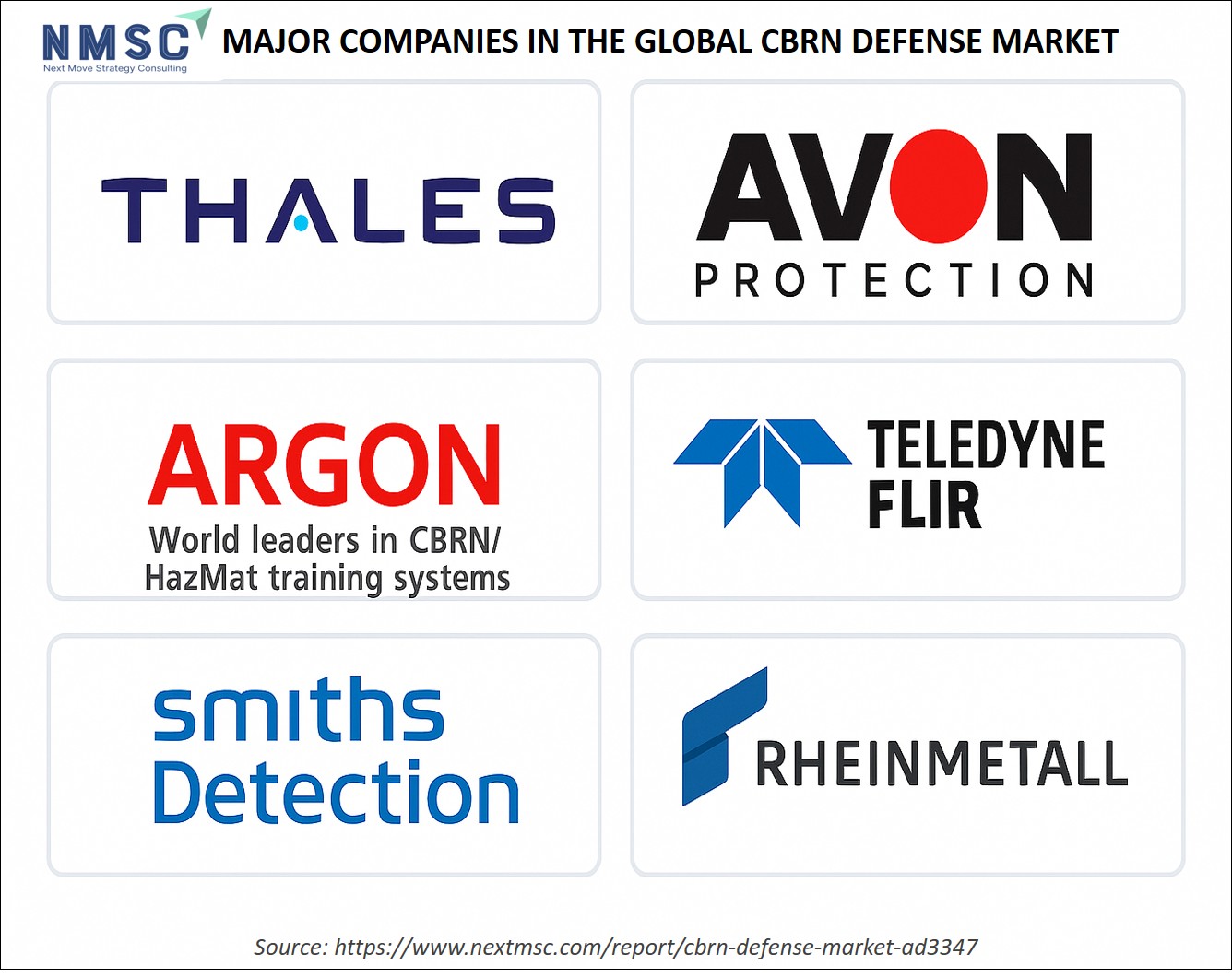








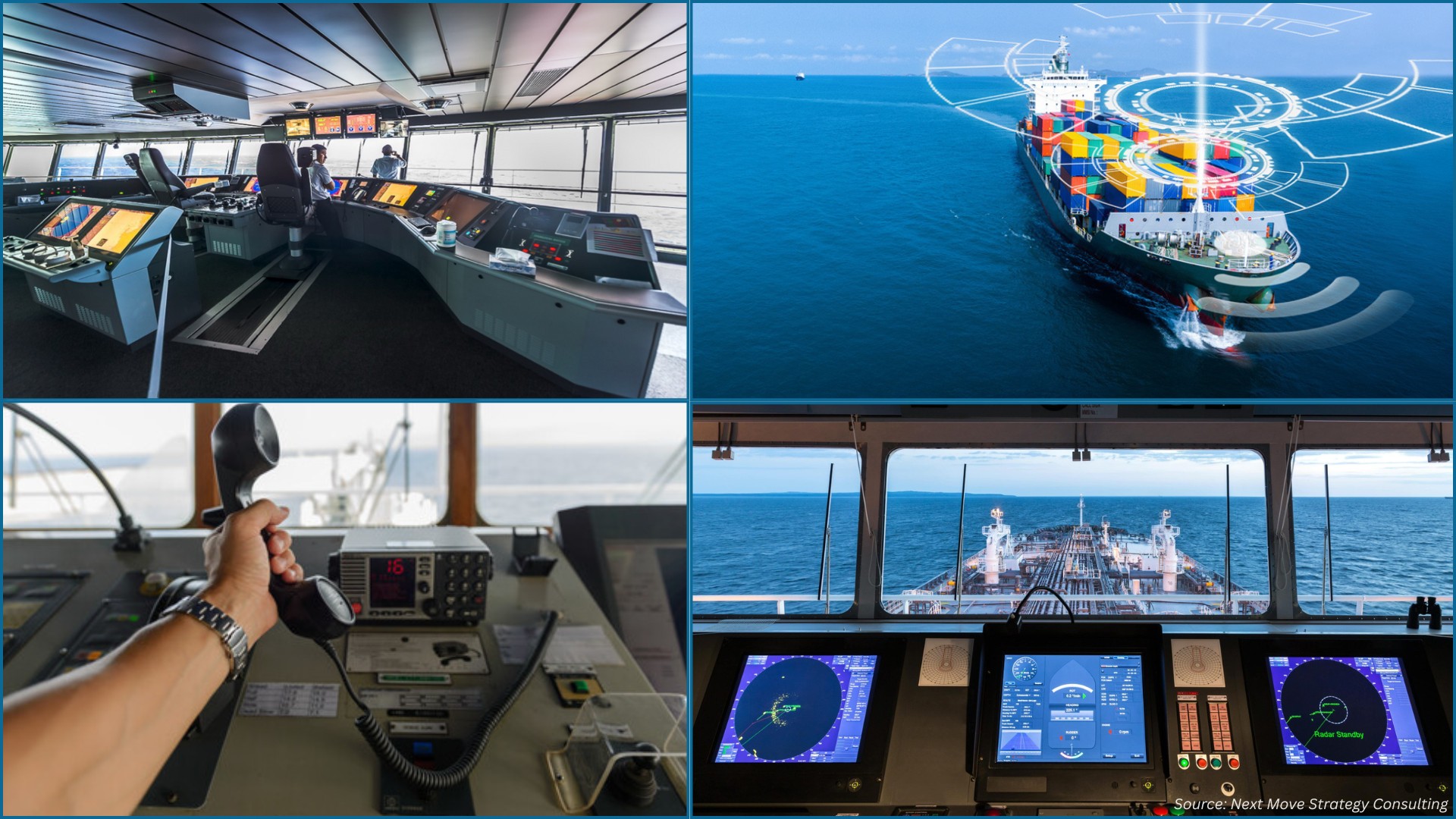

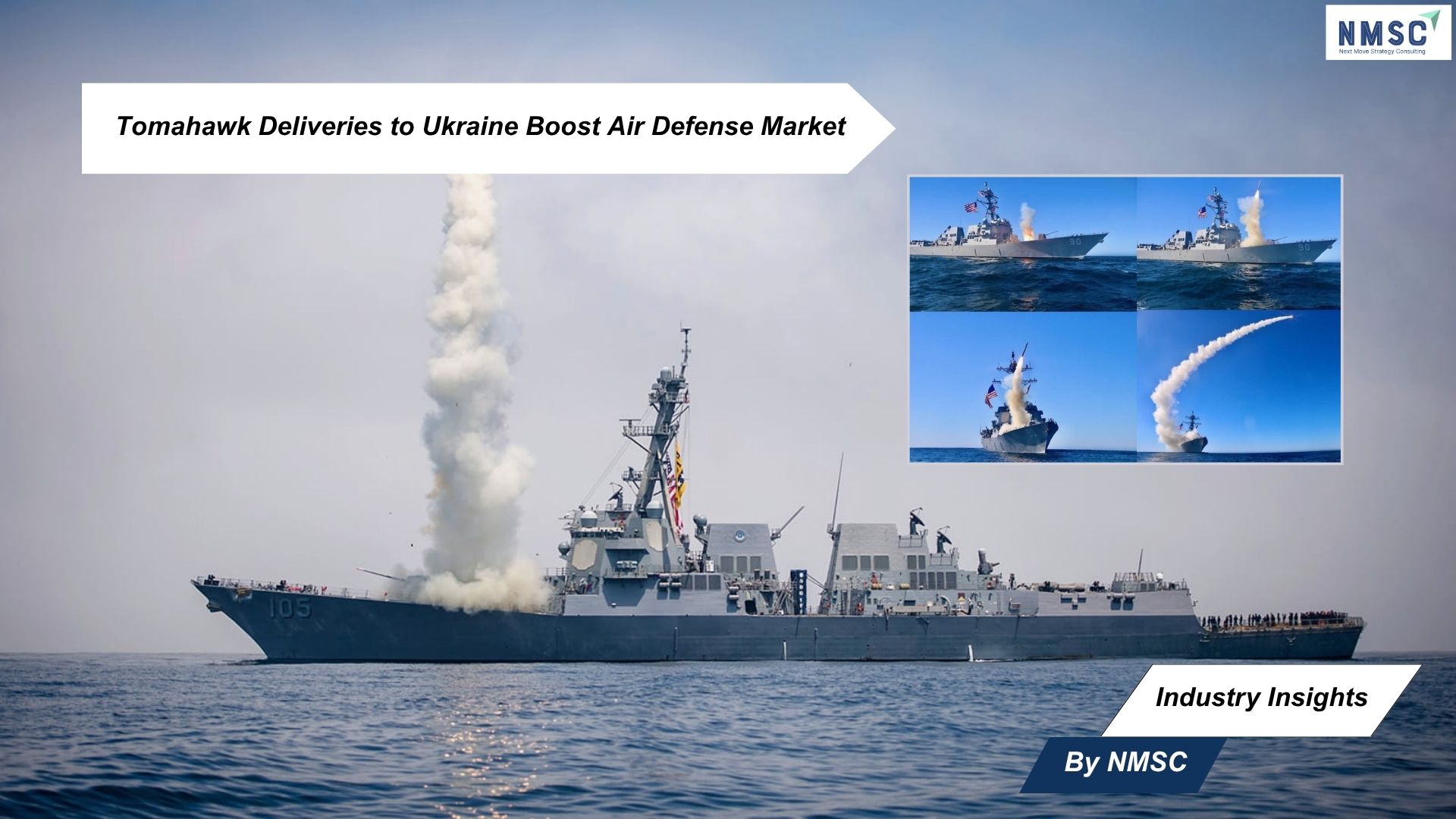
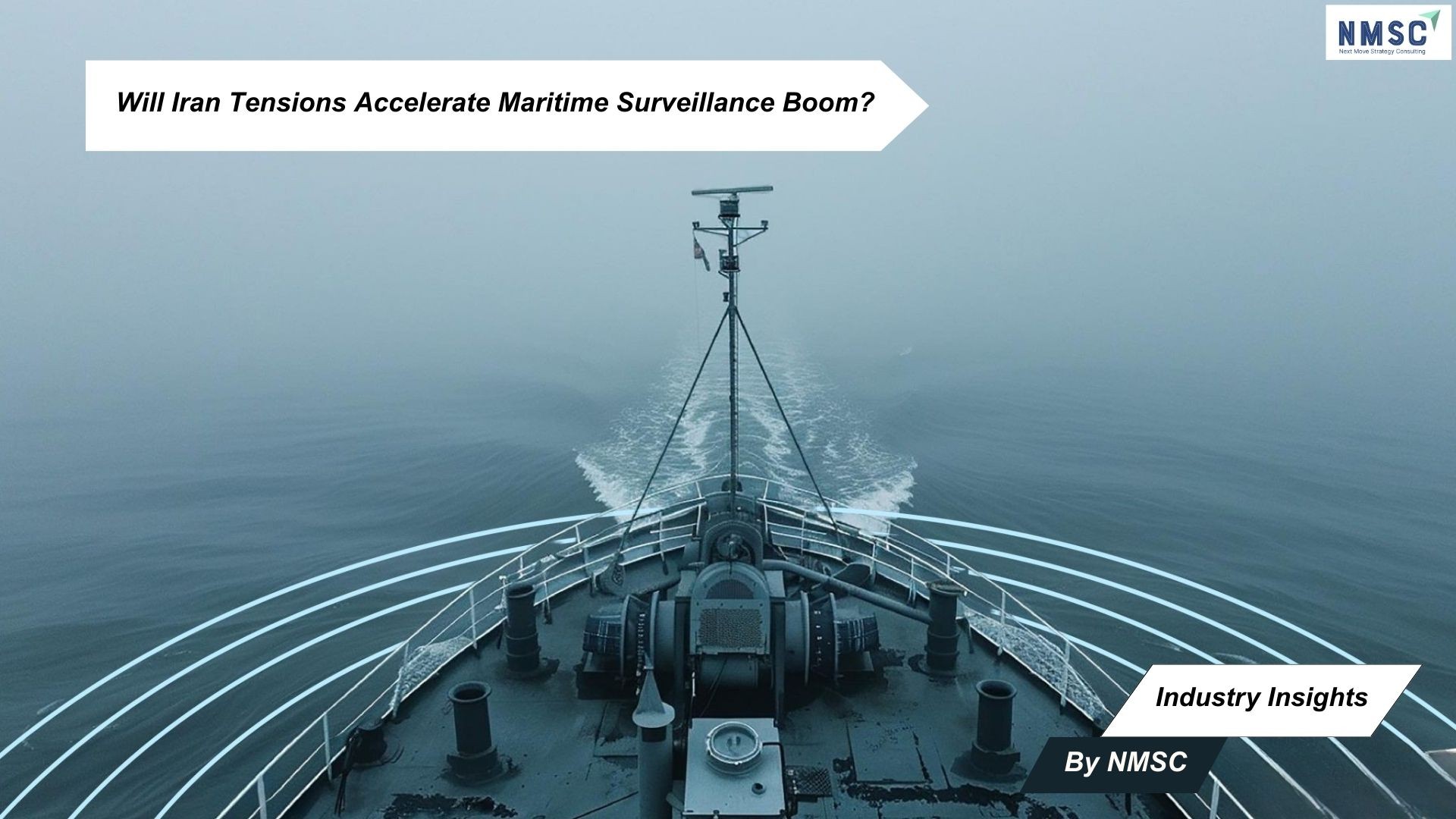




Add Comment